How the Mindhunter season 2 serial killers compare to their on-screen counterparts, and where to find out more
A closer look at the serial killers of David Fincher's criminally good second season
Killer 4: Charles Manson
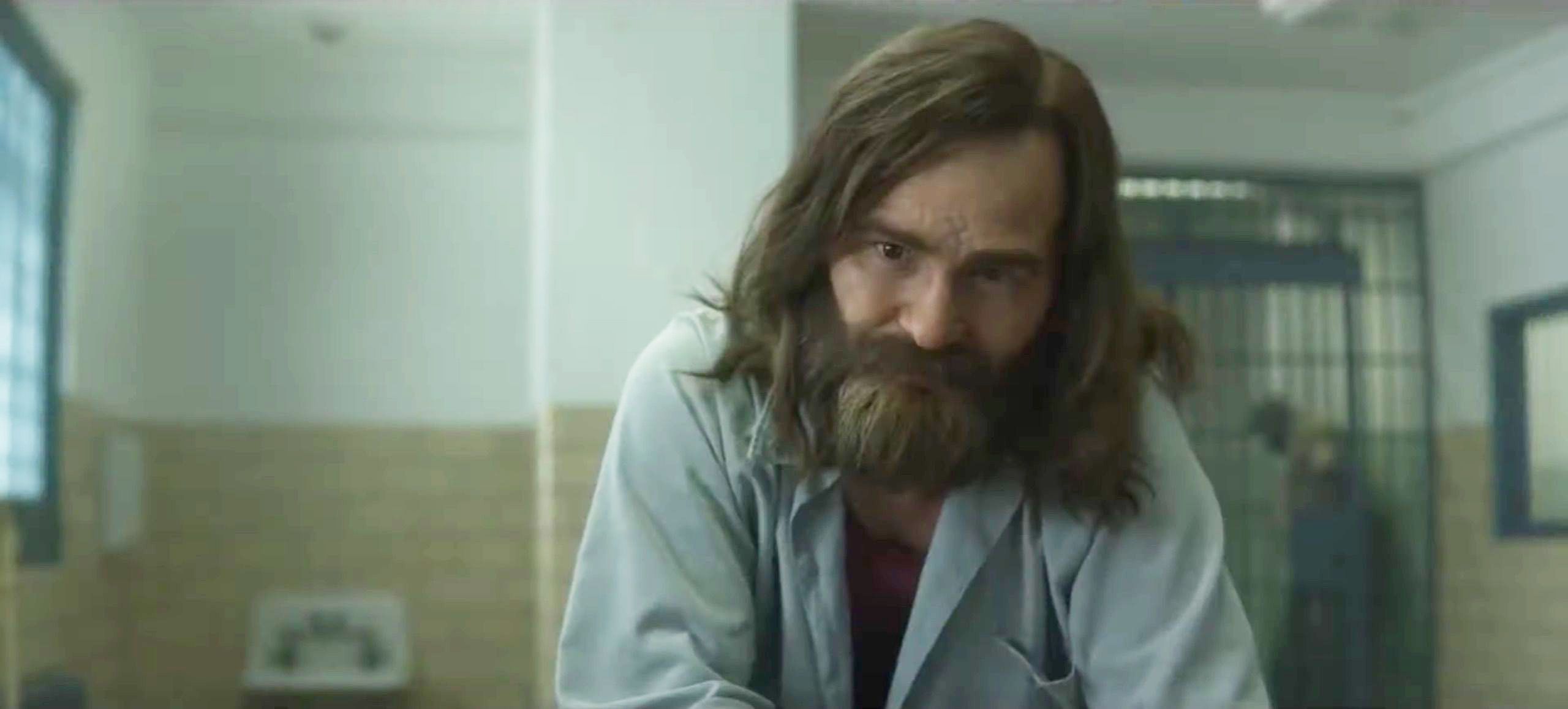
Their real-life crimes
One of the many terrifying things about Charles Manson is that his real life crimes remain more despicable than a shelf of video nasties. As depicted recently in Quentin Tarantino's Once Upon a Time in Hollywood, Manson's "Family" brutally ended the era of Flower Power when they murdered nine people across a two month period in 1969. Members of Manson's hundred strong following were responsible for the deaths, including the infamous murder of actress Sharon Tate and her unborn child. The sheer idea of the power that Manson held over his following was enough to send America into a frenzy after these horror movie style slayings and, despite only being directly involved in the deaths of two men, Manson was found guilty of "conspiracy to commit murder" for the other seven people.
How they compare to the show
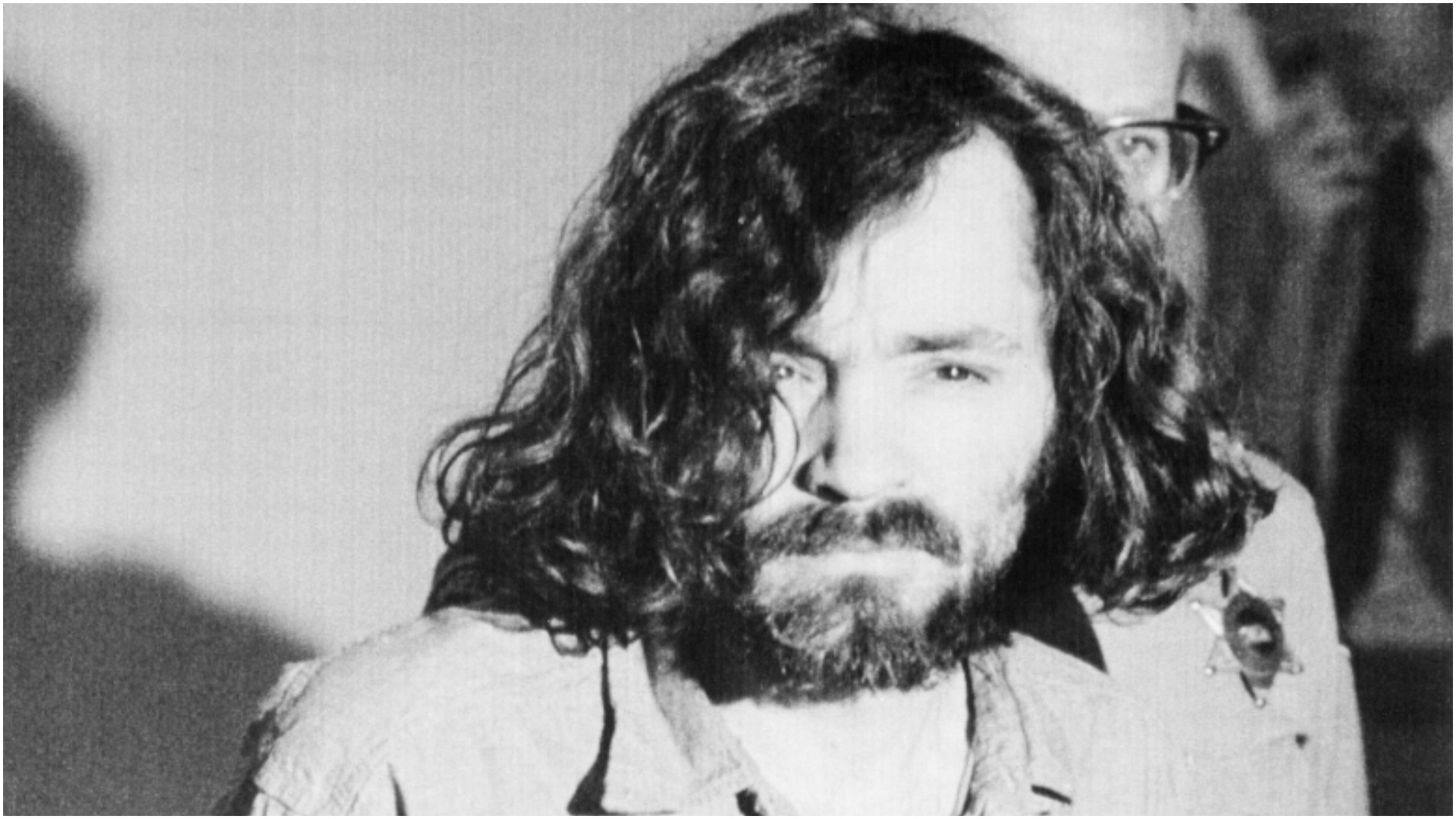
A Manson so good he’s been cast twice, Damon Herriman stars as the psychopath in both Mindhunter and Once Upon A Time in Hollywood. It’s easy to see why. He magnetically chews up the scenery in Manson’s interview with Ford and Tench, refusing to conform to the rules they so desperately want to apply. Talking in riddles, he remains a true enigma as the FBI attempt to glean rationality from his actions.
While Herriman's Manson is a perfect recreation of the madness at work, it’s important to mention the understated scene in which one of his puppets, Tex Watson, talks through the night of the murder of Sharon Tate. Fincher avoids any lurid re-enactments, instead focusing on the man telling the haunting story. “It’s hard stabbing people, Agent Ford…” Chilling.
Further listening
There’s no better place to hear the full Manson story than Karina Longworth's You Must Remember Manson podcast. Initially part of her You Must Remember This podcast, this 12-part dive into Manson's Family is so detailed and essential that it comes in standalone form. As you'd expect, it's not an easy ride. Steel yourself.
Killer 5: Elmer Wayne Henley
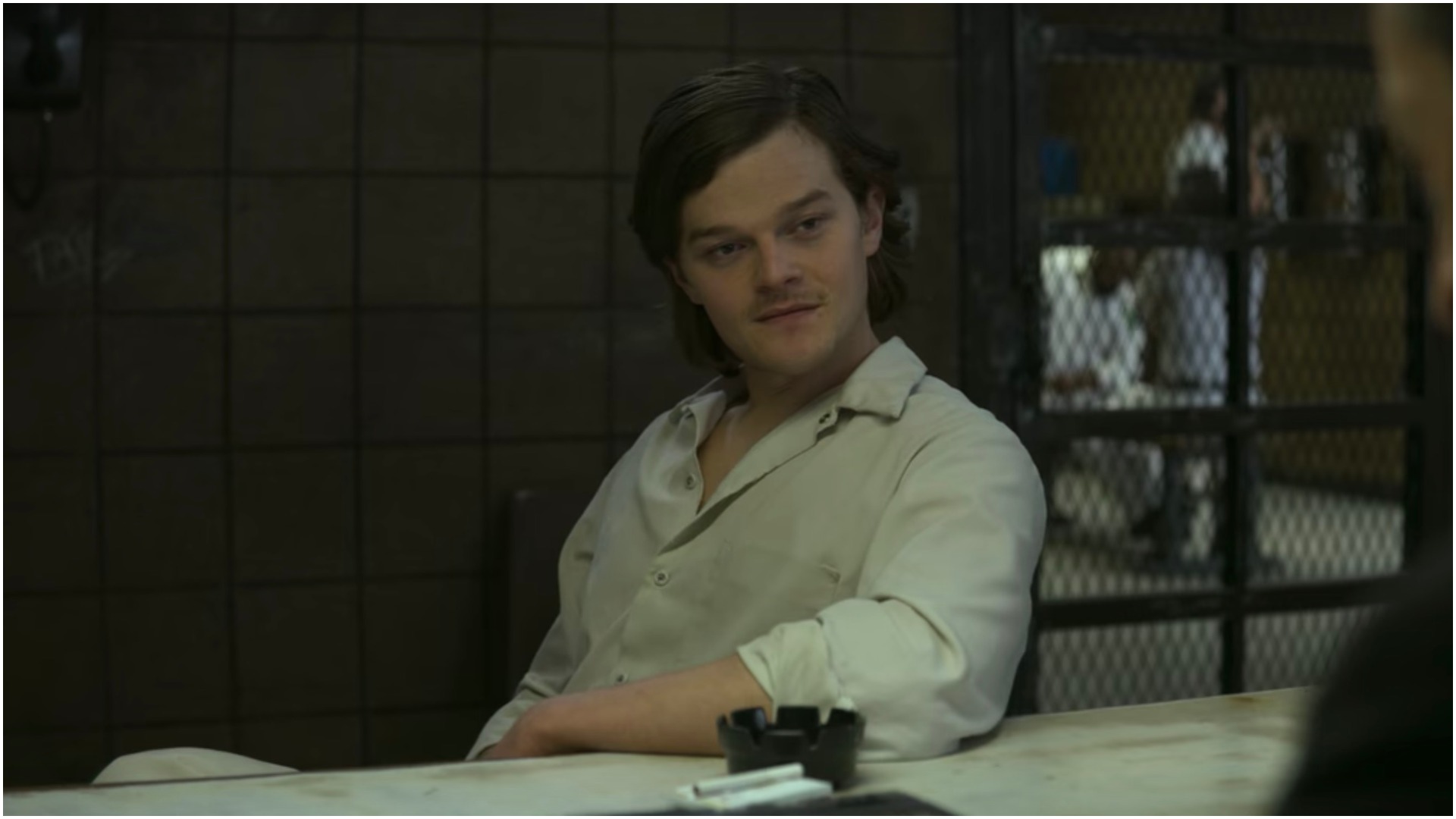
Their real-life crimes
Elmer Wayne Henley was a key accomplice of Texas serial killer Dean Corll. In a disturbing spate of killings between 1970 and 1973, Corll, known boogeyman-style as The Candyman Killer, tortured and murdered 28 young men in Houston. Given that all of his victims were between the ages of 13 and 20, Corll used two teenagers to lure them to him: 18 year old David Brooks and 17 year old Elmer Wayne Henley. Corll’s psychotic system of offering teenagers free cannabis worked devastatingly well. The only reason his reign of terror ended was when Henley, sick of Corll killing his friends, shot him in the head. Of the 28 murders, Henley was only found guilty of being an accomplice to six, but that was enough to put him in prison on consecutive life sentences for each murder. Surprise surprise, he’s still there.
How they compare to the show

Mindhunter’s version of Henley, played by Game of Thrones young Ned Stark, Robert Aramayo, is, predictably, another reason for Fincher’s casting department to feel seriously smug. In his interview with Dr. Wendy Carr and FBI agent Gregg Smith, Henley maintains an air of arrogance as Carr manages to sneak under his skin. Mindhunter's recreation is a raw and terrifying young man, all too aware of the nefariousness of his crimes but, seemingly, unrepentant.
Further listening
For more details on the crimes of Dean Corll and Elmer Wayne Henley, you won’t find a better – or darkly funnier – deep dive than The Last Podcast on the Left’s four part breakdown. Marcus Parks and co bring their usual wit to proceedings, but scroll all the way back to episodes 210-213 and you’ll find a disturbing tale that has to be heard to be believed.
Sign up for the Total Film Newsletter
Bringing all the latest movie news, features, and reviews to your inbox
Killer 6: William ‘Junior’ Pierce
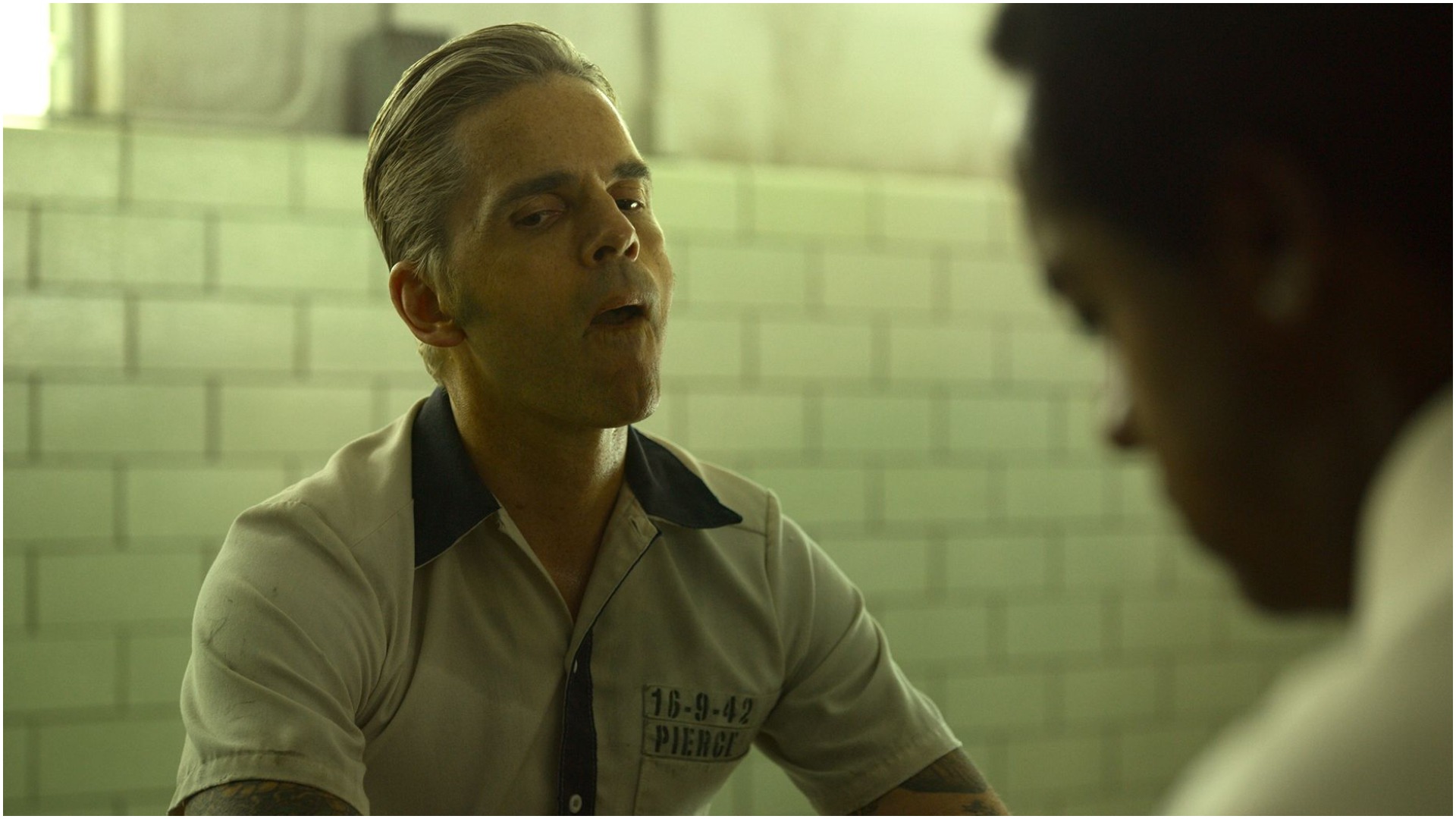
Their real-life crime
In a depressing case of rehabilitation gone wrong, William Junior Pierce committed his murder spree after a stay in prison. In a now all-too-familiar tale of woe, Pierce was released on parole after just seven months of a 10 to 20 year sentence. This was despite, as reported by Newsweek, a prison psychologist at the time saying that "test scores reveal the possibility of sociopathic disorders. This individual may be dangerous to himself or others." Regardless, Pierce was released from prison and made that statement a grim reality by murdering nine people in Georgia, North Carolina and South Carolina.
How they compare to the show
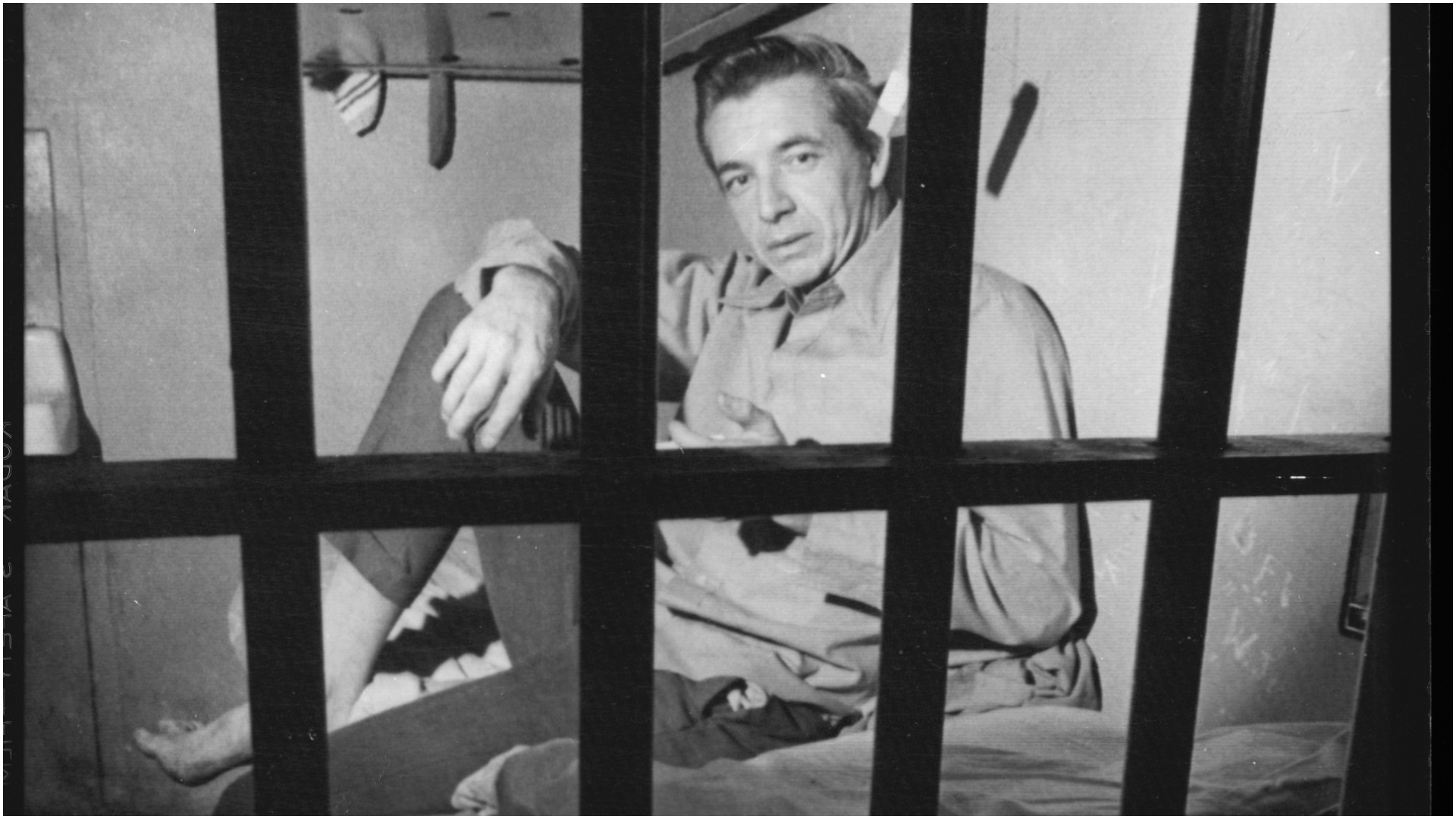
Pierce is pretty much played for some mild comic relief in his interview in Mindhunter season 2 with Ford and Jim gently mocking his counting and language skills. Brought to life on screen by disturbingly accurate lookalike, Michael Filipowich, Pierce isn’t portrayed as the smartest tool in the box. While not much is known about this particular killer, the show does recreate a real life picture of Pierce standing next to his prison bed covered in snacks. In a distinctly Mindhunter touch as fiction plays with reality, Jim correctly identifies his Kryptonite in the shape of sugary treats and gets Pierce on side with some chocolate.
Further listening
You won’t find any podcasts specifically listing the crimes of William Junior Pierce. However, we would like yo take this moment to recommend My Favourite Murder. Just like Mindhunter’s interview with Pierce, Karen Kilgariff and Georgia Hardstark’s comedy will make you laugh but the darkness at work in these true crime stories will keep you checking the backseat of your car before driving off. Stay sexy and don’t get murdered.
Looking for another series to binge watch? Check out our list of the best shows on Netflix.
Louise Blain is a journalist and broadcaster specialising in gaming, technology, and entertainment. She is the presenter of BBC Radio 3’s monthly Sound of Gaming show and has a weekly consumer tech slot on BBC Radio Scotland. She can also be found on BBC Radio 4, BBC Five Live, Netflix UK's YouTube Channel, and on The Evolution of Horror podcast. As well as her work on GamesRadar, Louise writes for NME, T3, and TechRadar. When she’s not working, you can probably find her watching horror movies or playing an Assassin’s Creed game and getting distracted by Photo Mode.



